The World’s Largest Roundabout Has a Circumference of 3.4 Kilometers

The Putrajaya Roundabout in the administrative capital of Malaysia holds the Guinness record for the world’s largest roundabout. It measures 3.4km in circumference and features 15 entry/exit points. Located in the heart of Putrajaya, the administrative capital of Malaysia, the Persiaran Sultan Salahuddin Abdul Aziz Shah Roundabout, aka Putrajaya Roundabout, is one of the most […]
Kingsley Lake – The World’s Most Circular Lake
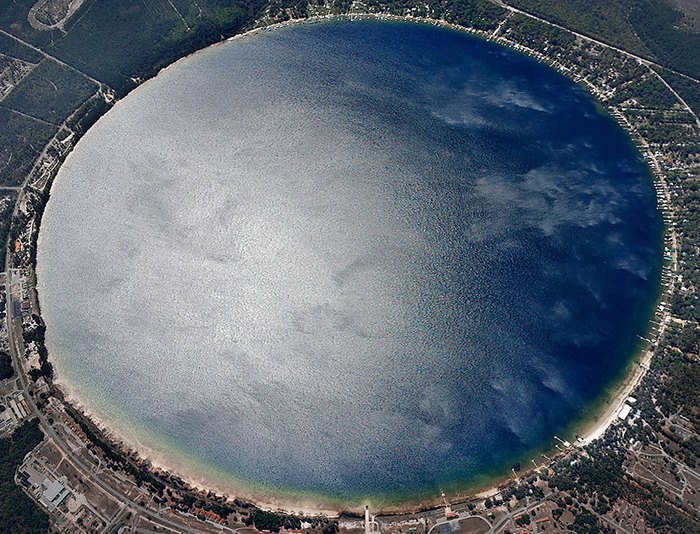
Lakes come in all shapes and sizes, but when it comes to roundness, you won’t find a more naturally-occurring body of water than Florida’s Kingsley Lake, aka Silver Dollar Lake. Kingsley Lake is a popular summer destination in Florida’s Clay County, as well as one of the best bass fisheries in the entire state, but […]
Famous Apartment Building Is Located in the Middle of a Busy Overpass

‘Number 28 on Yongxing Jie’ is an unusual attraction in Guangzhou, China which consists of an eight-storey apartment building surrounded by a busy overpass. The story of ‘Number 28 on Yongxing Jie’ can be traced back to the year 2008, when a number of buildings in the Haizhu District of Guangzhou were scheduled for demolition […]
This UK Farm Is Located in the Middle of a Motorway
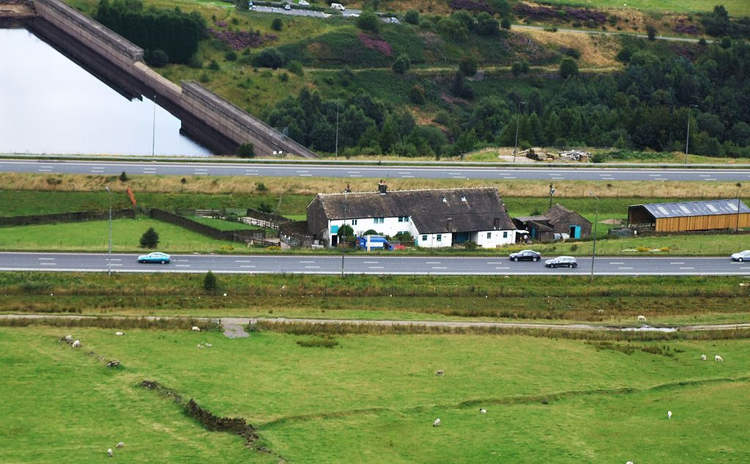
Stott Hall Farm is the only farm in the world built right in the middle of a busy motorway, with crash barriers and a fence around it to keep livestock in and out-of-control vehicles out. The M62 motorway connecting the cities of Liverpool and Hull in Northern England is famous for having an inhabited farm […]
Mmabatho – Probably the World’s Weirdest-Looking Stadium

South Africa’s Mmabatho Stadium is famous for its unusual design, which features elevated stands that don’t actually face the pitch but other stands. Built in 1981, during the apartheid era, Mmabatho Stadium is often cited as an example of impractical architectural design. It was commissioned by Lucas Mangope’s government which ruled the Bophuthatswana Bantusan and […]
The World’s Largest Hot Pot Restaurant Occupies Half a Hill, Can Serve Up to 5,800 People

The Chinese city of Chongqing is home to the world’s largest hot pot restaurant, a massive eatery that covers an entire hillside, features nearly 900 tables and can seat around 5,800 people at a time. Chongqing is famous for its hot pot. There are literally tens of thousands of restaurants specializing in the hot, spicy […]
The Picturesque Polish Village Where All 6,000 Inhabitants Live on the Same Street

Sułoszowa, a Polish village of around 6,000 people located in the Olkuska Upland, less than 30 km northwest of Kraków, has been dubbed ‘Little Tuscany’ because of its unusual layout. The village of Sułoszowa has been around for many years, but it only recently started attracting international attention after bird’s eye photos and videos went […]
The Red River of Cusco – A Fascinating Natural Phenomenon

Every year, visitors of Peru’s Vilcanota mountain range are treated to a unique natural phenomenon, a river running blood red through the pristine rocky valleys of Cusco. Located approximately 100 kilometers from the city of Cusco, near the well-known Palcoyo Rainbow Mountain, the red river is known as Palquella Pucamayu by the locals. It only […]
Hotel EastLink – Getting a Room Here Is Literally Impossible

Located alongside a motorway outside of Melbourne, in Australia’s Victoria state, lies Hotel EastLink. At least what looks like a high-rise hotel, because in reality, it’s just an unusual sculpture. Designed by local artist Callum Morton, the Hotel EastLink was unveiled in 2007, and it has been confusing motorists ever since. It’s not as large […]
China’s Impressive ‘River Highway’ Lets Motorists Drive Through the Middle of a River
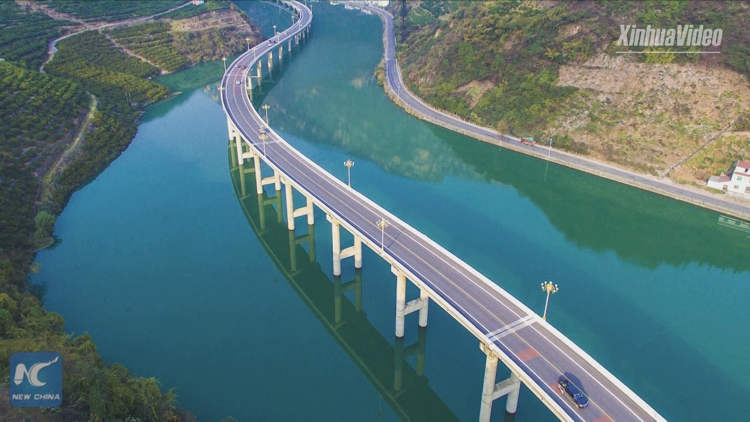
A mountainous river valley in China’s Hubei province is home to one of the Asian country’s most impressive pieces of infrastructure – a highway bridge that runs through the middle of a river. Finalized in 2015, China’s ‘river highway’ is widely regarded as an infrastructural wonder. Designed to link the town of Gufuzhen in Xingshan […]
The World’s Largest Department Store Is the Most Popular Tourist Attraction in Sweden

Covering an area as big as five football fields and selling over 100,000 products in 25 different departments, Gekås Ullared is not only the largest department store in the world, but Sweden’s most popular tourist attraction by a large margin. Ullared, a small, unassuming town in the south of Sweden is home to about 800 […]
Monte Kali – The World’s Largest Artificial Salt Mountain
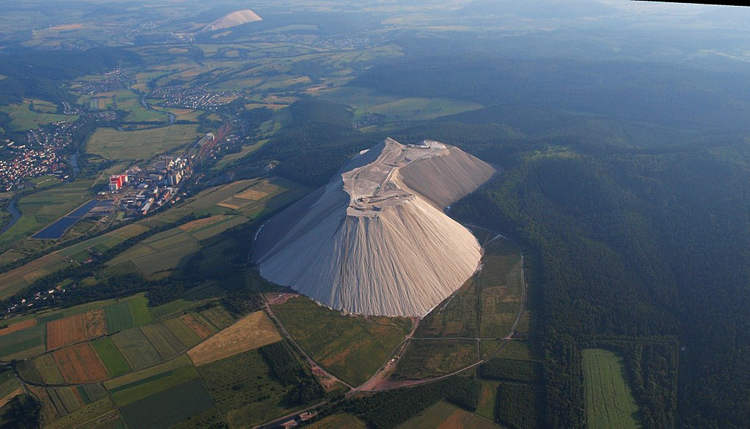
The town of Herringen, in central Germany, is home to a heap of sodium chloride (table salt) so massive that it has come to be known as Monte Kali. It is the world’s largest artificial salt mountain. The origin of Monte Kali can be traced back to the year 1976, when potash salt started being […]
Fat Cat Becomes Polish City’s Top Rated Tourist Attraction

With a nearly perfect 4.9/5.0 stars out of thousands of Google reviews, Gacek, an overweight black-and-white street cat, is the top-rated tourist attraction in the Polish city of Szczecin. Szczecin, a medieval city in northwestern Poland, close to the border with Germany, has plenty to offer visitors. The Pomeranian Duke’s Castle and Kasprowicza Park are […]
Italy’s Famous Upside-Down Fig Tree
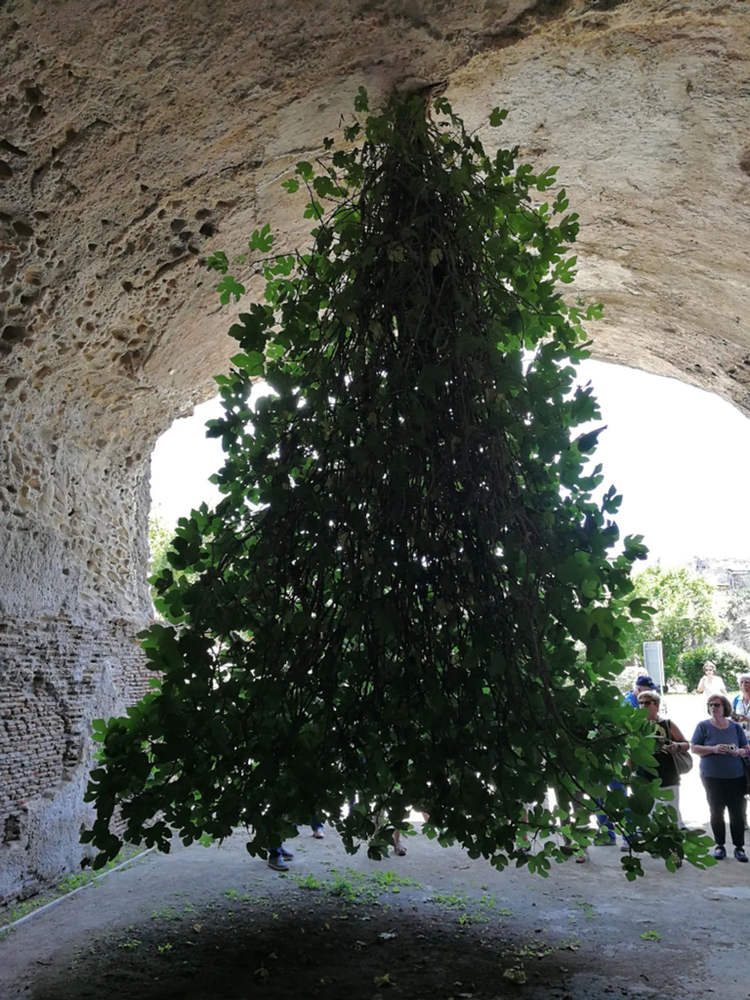
The ancient ruins of Baiae, near the modern city of Bacoli, in Italy are home to a botanical oddity known as the upside-down fig tree. Looking at the tenacious tree growing out of the ceiling of an ancient Roman archway, it’s easy to see why it’s called the upside-down tree. It is literally inverted, growing […]
This Leaning Temple Is Taiwan’s Version of the Tower of Pisa

Taiwan’s Chiayi County is home to a temple so slanted that it has been dubbed Taiwan’s version of the Leaning Tower of Pisa. In August of 2009, Taiwan was ravaged by Typhoon Morakot, the deadliest typhoon to hit the island in its recorded history. It produced copious amounts of rainfall that resulted in enormous mudflows […]
